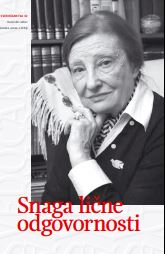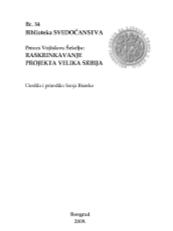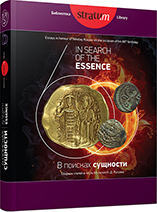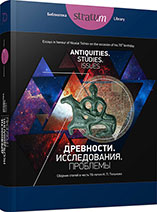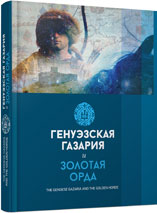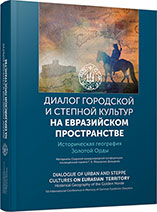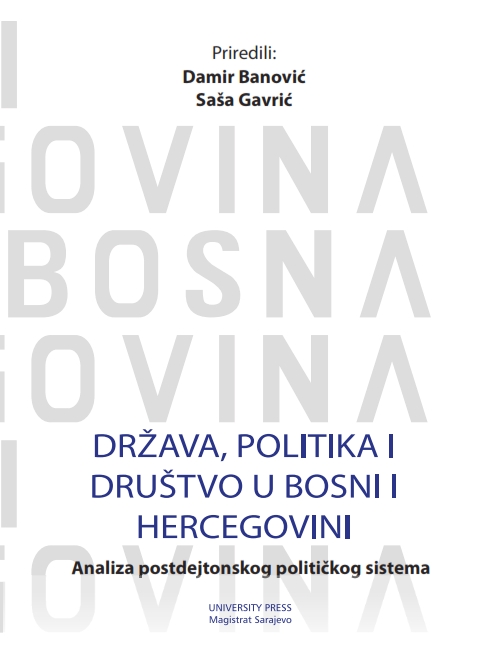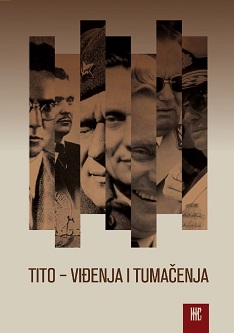
Herojstvo, mučeništvo i karizma u civilnoj religiji titoizma. Proturječja između Titovog kulta i kulta narodnih heroja Jugoslavije
Josip Broz Tito founded and ruled socialist-era Yugoslavia for 35 years. His personal cult was a part of a more complex system of myths, symbols and rituals for legitimating the nation and the regime that this article calls civil religion of titoism. This civil religion consisted of a number of elements such the Tito personal cult, the „Peoples' Heroes" cult, the Myth of the Partisans Antifascist War, etc. The article discovers and analyzes comparatively the Tito personal cult against the peoples' Heroes cult i.e. the cult of the fighters in World War II that liberated and founded the nation but most of them sacrificed their lives in that struggle.. It discovers a striking contradiction between the traditional Balkan, i.e. Eastern pattern of ascetic-puritan and self-sacrificing hero-martyr of the Peoples' hero versus Tito's cult based on his personal charisma and nonascetic or „western" lifestyle. However, Tito’s cult acquires the missing martyr dimension at the end of his life during his illness and death.
More...
